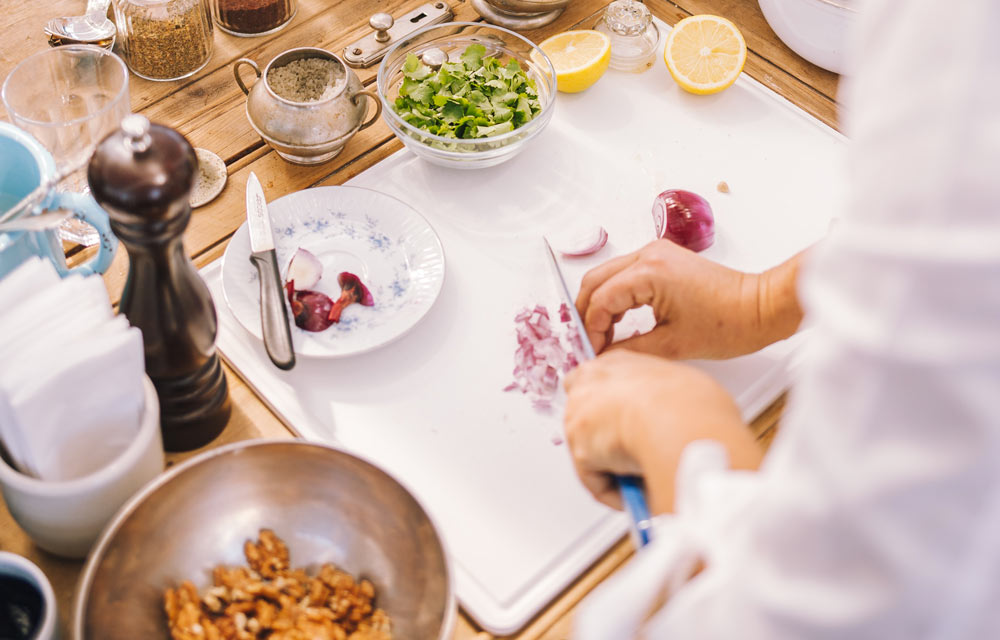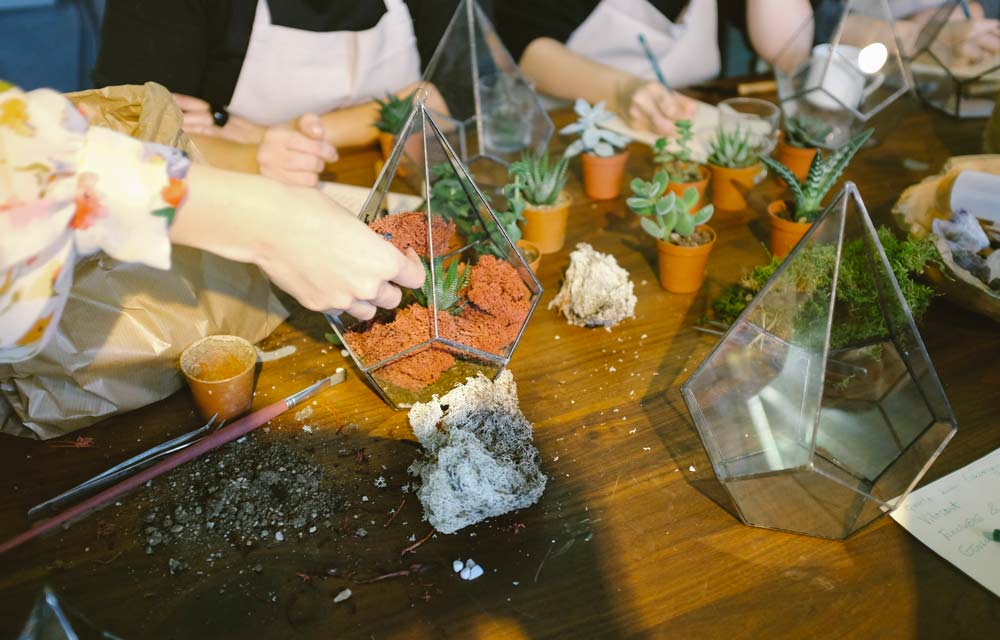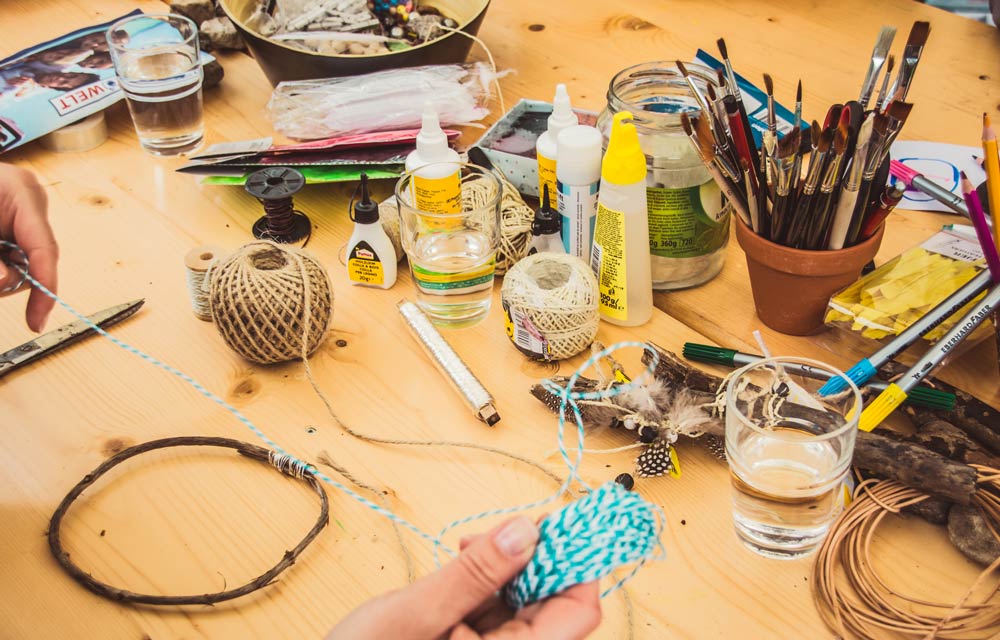Do you enjoy spending time in the kitchen preparing good food for your friends and family? It may be interesting for you to organise classes for budding cooks who want to learn how to prepare recipes like chefs. By following these few tips, you can become a cooking tutor and teach your students your best recipes and tips.
Contents
- Become a cooking expert
- Think about your course offering
- Create the perfect lesson plan
- Launch your cooking classes
1. Become a cooking expert
Good things come to those who wait… and you must be an experienced cook before you start teaching. However, you don’t need to have a Michelin star or even a degree from culinary school to be allowed to teach classes. If your courses are aimed at individuals, you are not required to have specific qualifications. Keep in mind, however, that it takes several years of experience to be able to pass on your skills. You wouldn’t think of teaching someone to drive if you didn’t know how to drive a car yourself. The same goes for cooking.
Before you get started, train as much as you can and make sure you master all the techniques of a good cook. Knowing how to cut with the right knives, how to use the right utensils, and what vegetables are in season are the basics you should know by heart. Give your friends and family the opportunity to be the first to learn from you. Their feedback will help you to improve your recipes and teaching skills.
2. Think about your course offering
Would you prefer to give cooking classes without a specific theme, or on the contrary focus on regional specialities or particular techniques? There are three main types of cooking courses.
“General” cooking classes
As the name suggests, these classes focus on cooking in general. They can therefore include the following themes: how not to waste, using basic ingredients, cooking with leftovers you have in your fridge, teaching children new flavours, etc. They are intended for beginners so your approach should be very educational.
Technical cooking classes
These classes are intended for more experienced students. They will want to learn techniques such as cutting a chicken or salmon, or preparing intermediate-level dishes such as canelés, sushi, custard, etc.
Advanced cooking classes
The objective of these classes is to teach students how to prepare ingredients for complex dishes: pies, paella, coq-au-vin, etc. Learning time management and advanced skills are key here.
Whatever type of class you choose, you must stand out from the existing offer around you. It may be tempting to offer classes on a very original theme, but if your neighbour already organises some on that specific theme, yours will not generate much interest. So, be sure to check what type of classes are on offer close to you.
3. Create the perfect lesson plan
Like all other courses, a cooking course must be carefully planned. You must also decide what are the specific objectives of each lesson. Therefore, you should consider the following elements:
The duration of the lessons
Be careful not to burden your students with a mass of useless information. They either won’t remember all of it, or they’ll get bored… or both.
The location of your classes
At home, in a restaurant, or at your student’s house? No matter where you choose to teach, make sure you meet the same health and safety standards as a restaurant. If your students get sick after eating their food, it may spell the end of your classes.
The objectives to be achieved
What will your students have learned at the end of your class? Set achievable goals based on their level and the time available for each lesson.
What you need to cook
Utensils, produce, herbs, spices, etc. Make sure you do not forget any necessary ingredients or equipment for your students’ learning experience.
The recipe
You’ve thought about it, haven’t you?
Keep these five elements on a digital or paper document so that your cooking lessons have a clear and precise structure.
4. Launch your cooking classes
You are now ready to organise your cooking classes, it is time to start booking students. You still have a few details to work out before welcoming your first students.
The price of the classes
The duration and quality of your classes will impact your price point. For example, the average cost of a cooking class in Paris is €25 an hour. Of course, this price varies according to the city, the tutor’s experience, and the type of class. A specialised course on French pastries will cost more than a “general” cooking class. With Weezevent, you can create and structure the prices of your classes as you wish.
The number of students
Are you considering giving one-on-one private lessons or group lessons? If you are teaching several students at the same time, make sure you to set a limit to the number of students. The space and equipment required must also be adapted to the number of people attending.
The booking platform
Before you welcome your first students, you can get to know them by creating a registration form. You can customise the form’s fields to ask any information that will be relevant to your class, e.g. their age, cooking experience, the kind of equipment they own, etc. By creating the perfect form, you will build a comprehensive database. It is also a good way to create proximity with your students by getting in touch with them regularly, either to hear about their culinary journey or to invite them to your new classes.
Once you have taken into account all the elements mentioned in this article and made the key decisions to organise your classes, you can finally get started! Discover all the services offered by our online booking solution:


